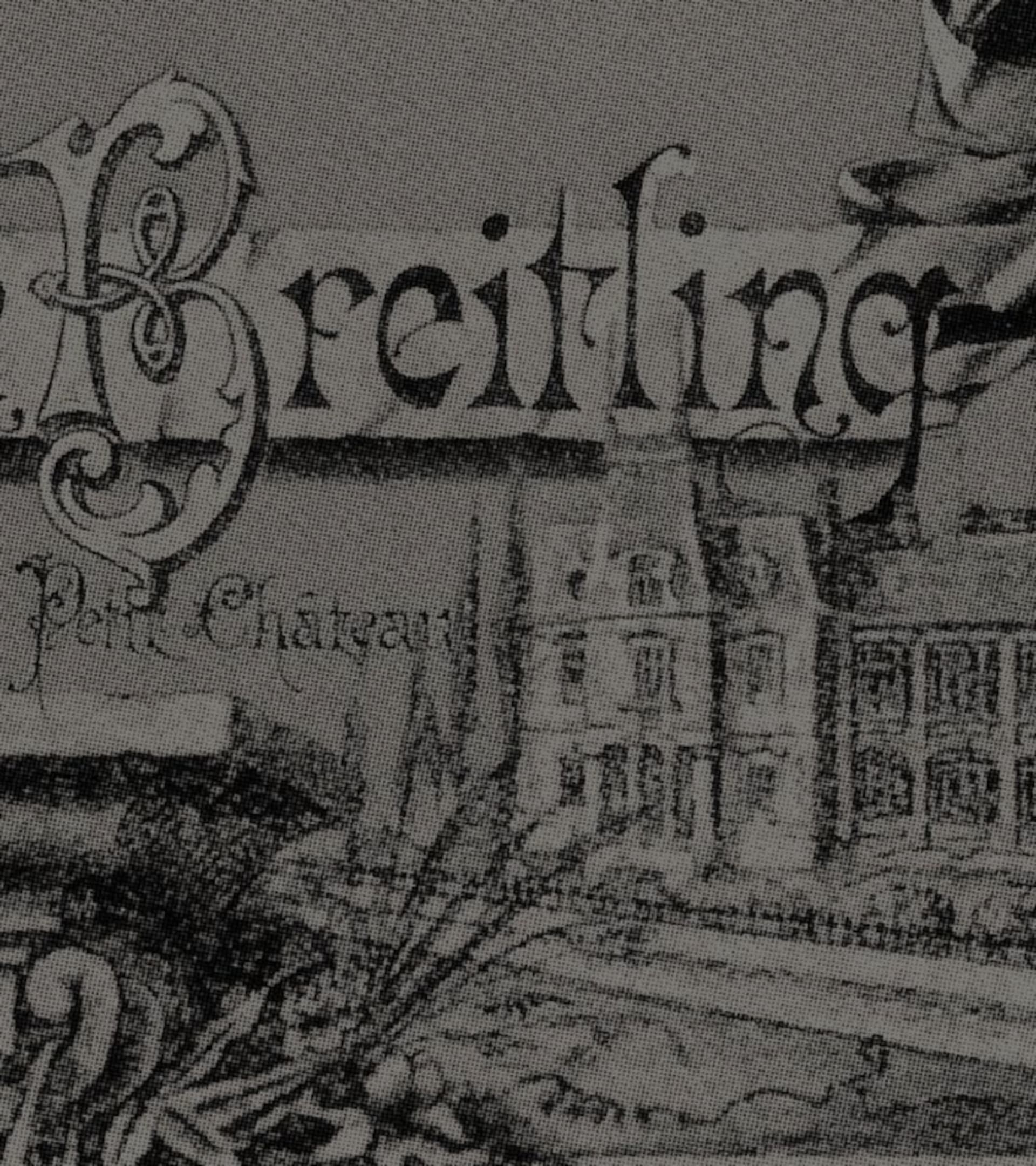

1880s-1930s
CHAPTER 1: THE ERA OF INVENTORS
THE ERA OF INVENTORS
Chapter 1
Getting into the watch manufacturing business in the mid-1880s was no easy feat. Switzerland was experiencing the worst part of a long recession. Yet, despite the economic difficulty, social unrest and uncertainty about the future, 24-year-old Leon Breitling stayed true to his vision of creating instruments that could measure, divide and master time.
This is how Breitling was born. With passion and enthusiasm, three generations of inventive founders—Leon, Gaston and Willy Breitling—laid the foundation for the precise, reliable and versatile timepieces we’ve come to know today.
1884
Leon Breitling
Growing up in the epicenter of watchmaking: La Chaux-de-Fonds had a profound influence on the founder Leon Breitling and would lead him to starting his apprenticeship in watchmaking. Upon completing his education, Leon was ready to open his own atelier in St. Imier, another watchmaking town in the Jura mountains. There, he used the traditional Swiss “Établissage” system of manufacturing watches —a decentralized method of assembling watches—and would develop a specialization in chronographs. This category of watches was in high demand. With the industrial revolution at its peak, timekeepers were needed in every aspect of industry, science, and sport. Leon was keen on satisfying this demand through his newly founded company.
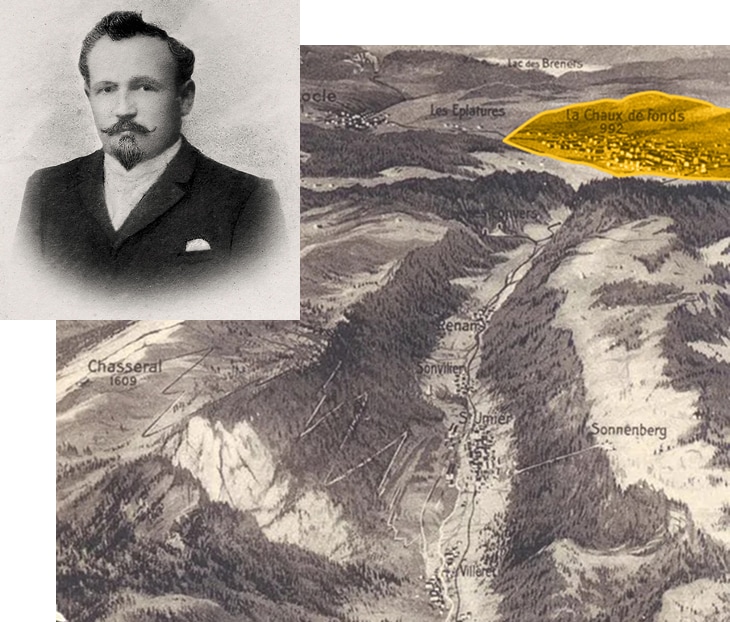

The term “Établissage” refers to a traditional Swiss system of manufacturing, where key components are sourced from specialist external suppliers, and then assembled, finished, and regulated by the watchmaker or brand.
1892
Manufactory
Just eight years after founding his atelier, Leon moved his operations to La Chaux-de-Fonds: his hometown and the epicenter of Swiss watchmaking. Very much in line with Leon’s success, this is where Breitling went from a small-sized workshop into a full-fledged factory which enabled an industrialized production.
1899
Montbrillant
A few years after establishing his factory, the street was renamed “Rue de Montbrillant.” This was a name Leon was particularly fond of, so much so that he included it in his company name in 1899: “L. Breitling, Montbrillant Watch Manufactory.”
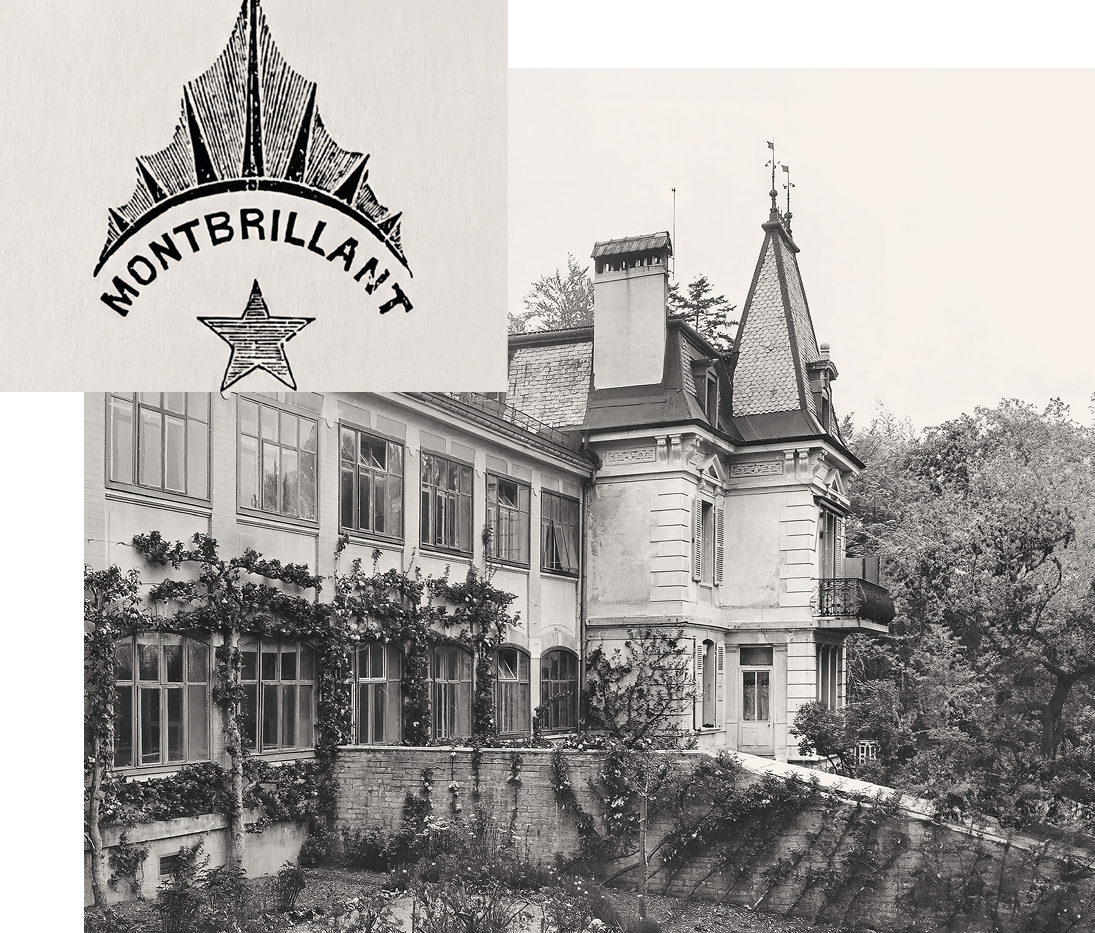

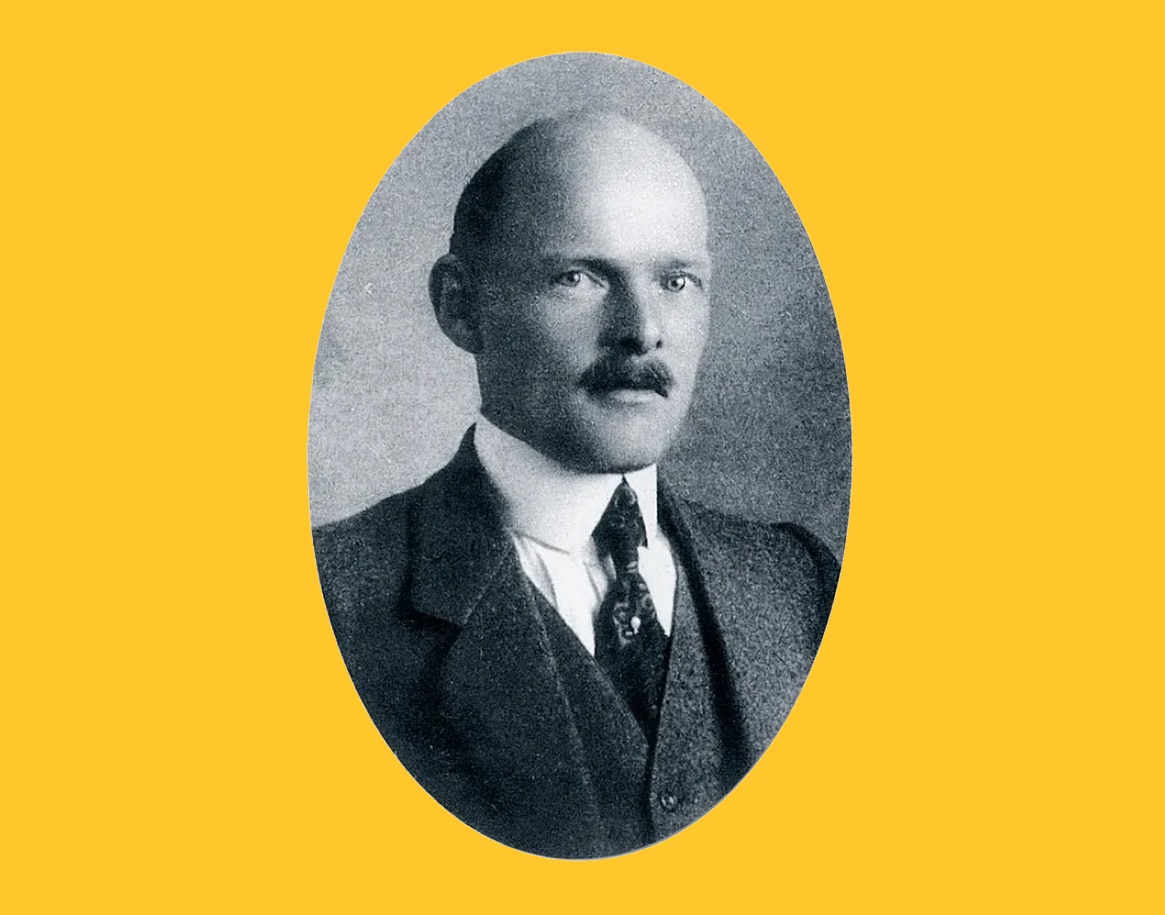

1914
Gaston Breitling
At only 54, Leon’s life came to an end, but the Breitling story was just getting underway. Leon’s only son, Gaston Breitling, took the helm of the company.
1915
First Independent Chronograph Pusher
Gaston hit the ground sprinting by completing his father’s vision with the launch of the first timepiece to feature an independent chronograph pusher at the 2 o’clock position. This pusher was used to start, stop, and reset the chronograph—a convenient and ergonomic feature that would soon have the whole industry following suit. Breitling’s first “monopusher” chronograph was swiftly moved into industrialized production. The independent pusher on wristwatches debuted as World War I was erupting, and its utility would prove crucial.
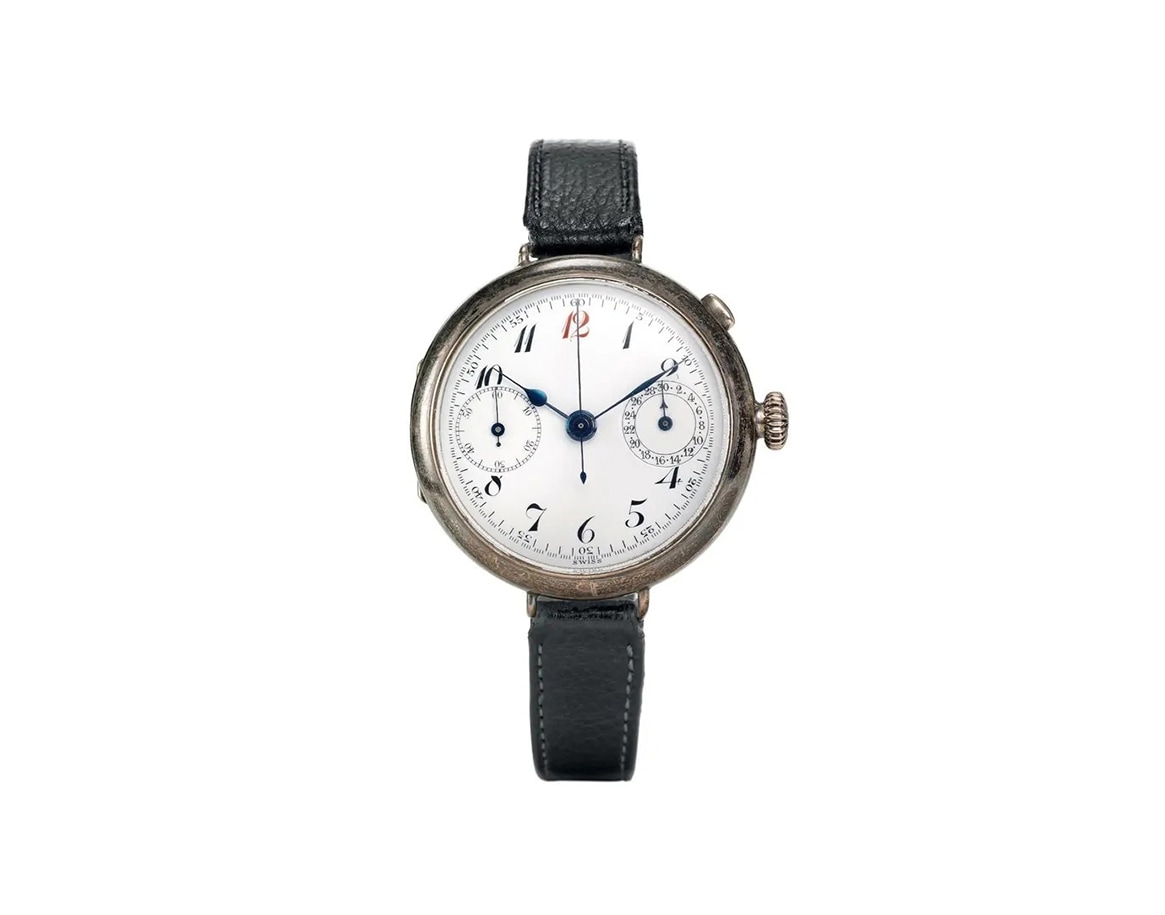

Up until World War I, men had pocket watches. Wristwatches were considered women’s wear. The advantage of having a watch visible on the wrist became evident on the battlefield. Dipping into the waistcoat pocket took time no soldier could afford.


1932
Willy Breitling
Gaston’s son Willy was just 14 when his father passed away. His mother Berthe kept the company running until, at 19, Willy convinced her he was ready to lead. He proved to be exactly what Breitling needed: clear-eyed, inventive, and ahead of his time. If luck comes in waves, Willy had the rare ability to ride them.
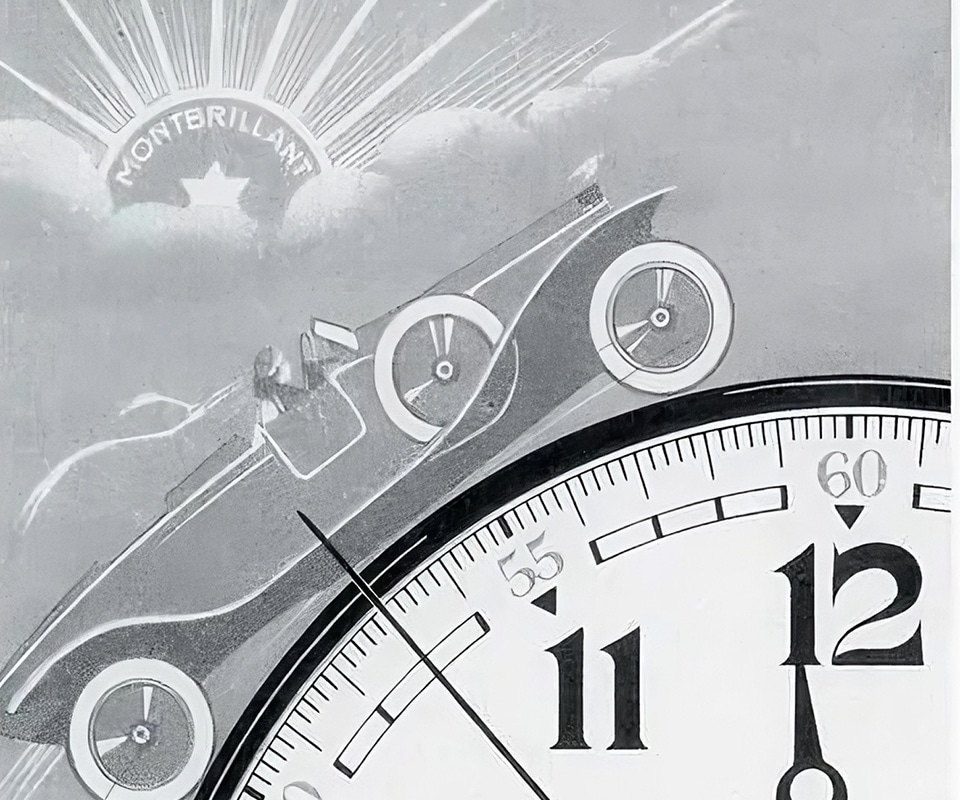

Every chronograph that uses the dual-pusher system has been influenced by three generations of Breitling innovation.
1937
Huit Aviation—Pioneers of Aviation Chronographs
A mere two years before World War II, Willy Breitling was invited to present his idea of the perfect cockpit chronograph to the British War Office. This event was the foundation of Breitling’s inherent link to aviation. A year later, Willy established the Huit Aviation division—a department tasked specifically for these instruments which were crucial for the allied forces in the years to come. One such example was the first Breitling-designed aviator wrist chronograph, ref. 734, debuted in the first Breitling Huit Aviation catalog.
Clamshell Case
“Air” wasn’t the only universe 1937 was the foundational year for, as it was also the year Breitling released what was known to be amongst the first waterproof and dustproof chronographs. The “Clamshell” was characterized by its unique case architecture made by the “Schmitz Freres”. The movement had to be removed from the dial side, leaving fewer case-openings which helped keep water and dust away. The clamshell case was short-lived and eventually replaced but stood for Breitling’s commitment to pushing the boundaries in the sea universe as well.












